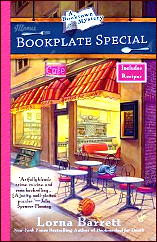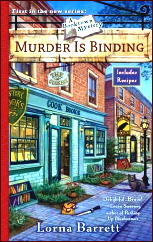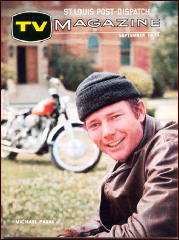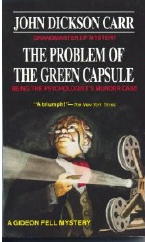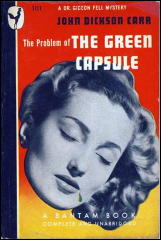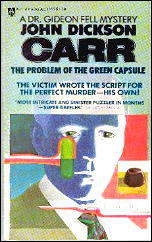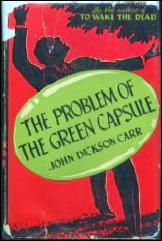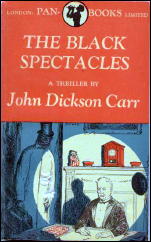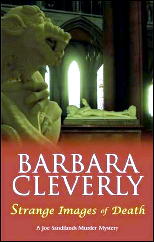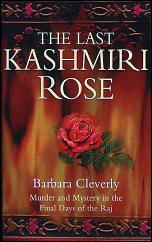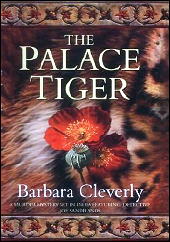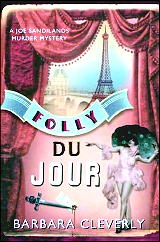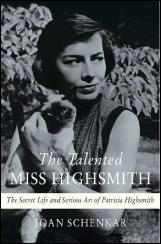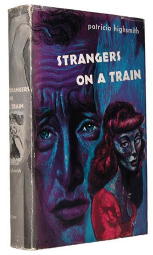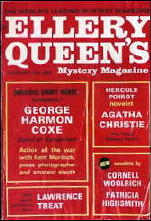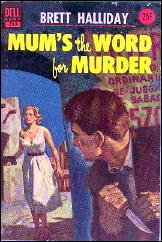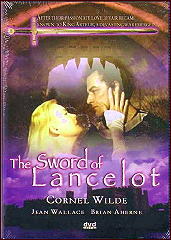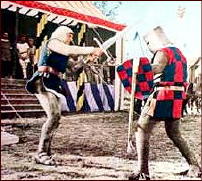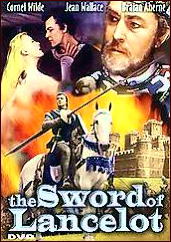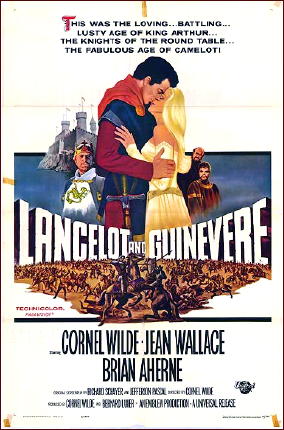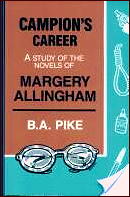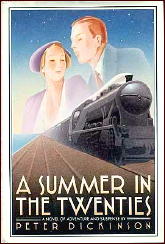Thu 24 Jun 2010
A Review by David L. Vineyard: LIZ EVANS – JFK Is Missing!
Posted by Steve under Bibliographies, Lists & Checklists , Characters , Reviews[5] Comments
LIZ EVANS – JFK Is Missing! Orion Books, UK, 1998. Distributed in the US by Trafalgar Square, circa 2002.
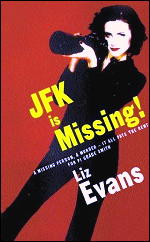
Grace Smith isn’t exactly the most promising private eye you will ever meet. To begin with she works the mean streets of Seatoun, a unprepossessing town on England’s South Coast, and she isn’t the greatest at her job. But as her friend Annie tells her:
And she even has a client, Henry Summerstone, and all he wants is for her to find someone — save he doesn’t know her name — and he can’t tell Grace what she looks like because he’s blind. But aside from that it’s a perfect case for Grace, a girl named K something that Henry met on the beach during his daily walk with his seeing eye dog:
“A personal stereo player?” I suggested.
“I believe that’s what it’s called … she was listening to Little Dorrit.”
“I’m afraid I don’t know them. I tend to go in for middle-of-the-road stuff myself: you know, Alison Moyer, Enya. And a bit of country and western.”
“I was referring to the book. By Charles Dickens.”
“Oh, that Little Dorritt. Sure. Right. Fine.”
Henry explained that he was a great fan of Dickens. “A writer who embraces all the elements of emotion, don’t you find Grace?”
“Absolutely.” I’d seen Oliver three times on video.
Anyway, Henry loaned K a recording of David Copperfield and now she hasn’t shown up for a while, and since she seemed a nice young woman he’s worried. Grace agrees to take the case expecting to find very little.
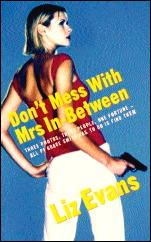
What she finds is a young woman named Kristen — Julie-Frances Kreble aka Kristin Keats, who has gone missing. There’s also a teenage girl called Bone who just wants to be loved; a skateboarder called Figgy; a pair of pot bellied Vietnamese pigs that have outlived their cute stage; Bertram who used to be married to Kristen; and Bone’s family: brother Patrick who hates boarding school, father Stephen who is something of a player and up and coming rather nicely in the world in their nice upper middle class home, and mother, Amelia, a social climbing self involved air head.
And something else — Stephen, Daddy, and Kristen were friends. Close friends.
And what she begins to suspect — even though there is no body — is that Kristen is dead. Murdered. Stephen Bridgerman, her primary suspect, is on to her:
“Should I be?”
“I’ve no idea. You seem to be a versatile girl: tax official, cleaner, waitress. Is there any limit to your talents?”
“If there is, I’ve never found it. Mind you there are those who reckon there’s no beginning to them.”
A trip to Jersey to visit Kristen’s parents and a missing workman add to the mystery as well as who ran over the skateboarding Figgy, son of one of Amelia’s chums, and a government cover up involving her not so innocent blind client who knows more about the missing Kristen than he’s been saying.
Which leads to Grace chained up in a wine cellar with a nasty blow to the head and a very full bladder waiting for a very confused but totally ruthless killer to decide what to do with her.
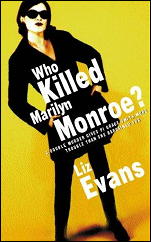
Before it’s over Grace will end up in the boot of her own car, sloshed with gasoline and with a belly full of vodka being driven to a convenient place for another little murder — her own.
Grace may get it all wrong but she also solves a murder and brings down a murderer — even if she nearly gets killed along the way — and ends up answering to the RSPCA for a pair of Vietnamese pot bellied pigs …
JFK is Missing! is exactly what it sets out to be, a solid funny private eye novel with an attractive, if less than brilliant, heroine, a set of quirky characters, a well realized setting, and the kinds of crimes that you see on the nightly news.
It’s a sprightly series, other entries including Who Killed Marilyn Monroe? and Don’t Mess With Mrs. In-Between. The lines are snappy, the pace fast, the cliff hangers nerve wracking and dripping with irony, and you could easily find Grace Smith one of your favorite sleuths of the modern era. With this single book she has moved well up on my list.
The Grace Smith series —
1. Who Killed Marilyn Monroe? (1997)
2. JFK Is Missing! (1998)
3. Don’t Mess with Mrs In-Between (2000)
4. Barking! (2001)
5. Sick as a Parrot (2004)
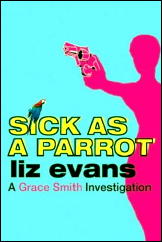
6. Cue the Easter Bunny (2005)
As Patricia Grey, Liz Evans has also written a series of four books with Detective Chief Inspector Jack Stamford and Sergeant Sarah McNeill taking place during World War II —
1. Junction Cut (1994)
2. Balaclava Row (1994)
3. Good Hope Station (1997)
4. Cutter’s Wharf (1998)
